Hoya Plant Care: Tips For Growing A Wax Plant
My experience in Hoya plant care spans three very different climates and environments, and I’m happy to report they do well in all three. This Hoya plant care guide covers what I’ve learned over many years of growing them indoors.
My dad loved Hoyas and had quite a few growing in our home greenhouse in Connecticut. I inherited my love of these long-lived beauties from him. I’ve since grown them in Santa Barbara, CA, and now in Tucson, AZ.
As a houseplant, they’re easy to maintain, long-lasting, durable, and oh-so attractive with their long vines. They can trail down or be trained to grow up. What’s not to love?!
- Botanical Name: Hoya spp.
- Common Names: Wax Plant, Wax Vine, Porcelain Flower, or Honey Plant
There are many different hoyas grown and sold as houseplants – here’s how you care for them as a whole!
Note: This was published on 11/13/2018. It was updated on 10/12/2023 with more information & images.
Hoya Plant Traits
Size
They’re sold in 4, 6, 8, and 10″ grow pots, usually with a hanger. My Hoya carnosa variegata, which grows outdoors, has 4-5′ trails. In their natural environment, many grow as climbing vines.
Growth Rate
Mine grow at a moderate to slow rate indoors. In the winter, of course, the growth slows down. The lower the light, the slower the growth rate.
What I’ve found is that different Hoyas grow at slightly different rates. My Hoya carnosa variegata grows faster than my Hoya obovata.
Uses
Hoyas are commonly used as tabletop plants (sitting on a table, shelf, buffet, credenza, etc) or as hanging plants. They look great in a hanging basket or on a hanging shelf.
Hoya Plant Varieties
There are many Hoya species and varieties sold on the market. You can find at least one species that catches your fancy because the waxy foliage comes in various shapes, sizes, colors, and textures.
The ones I’ve seen most often are Hoya carnosa, H carnosa variegata, Hoya carnosa compacta , Hoya Kerrii, Hoya pubicalyx, and Hoya obovata.
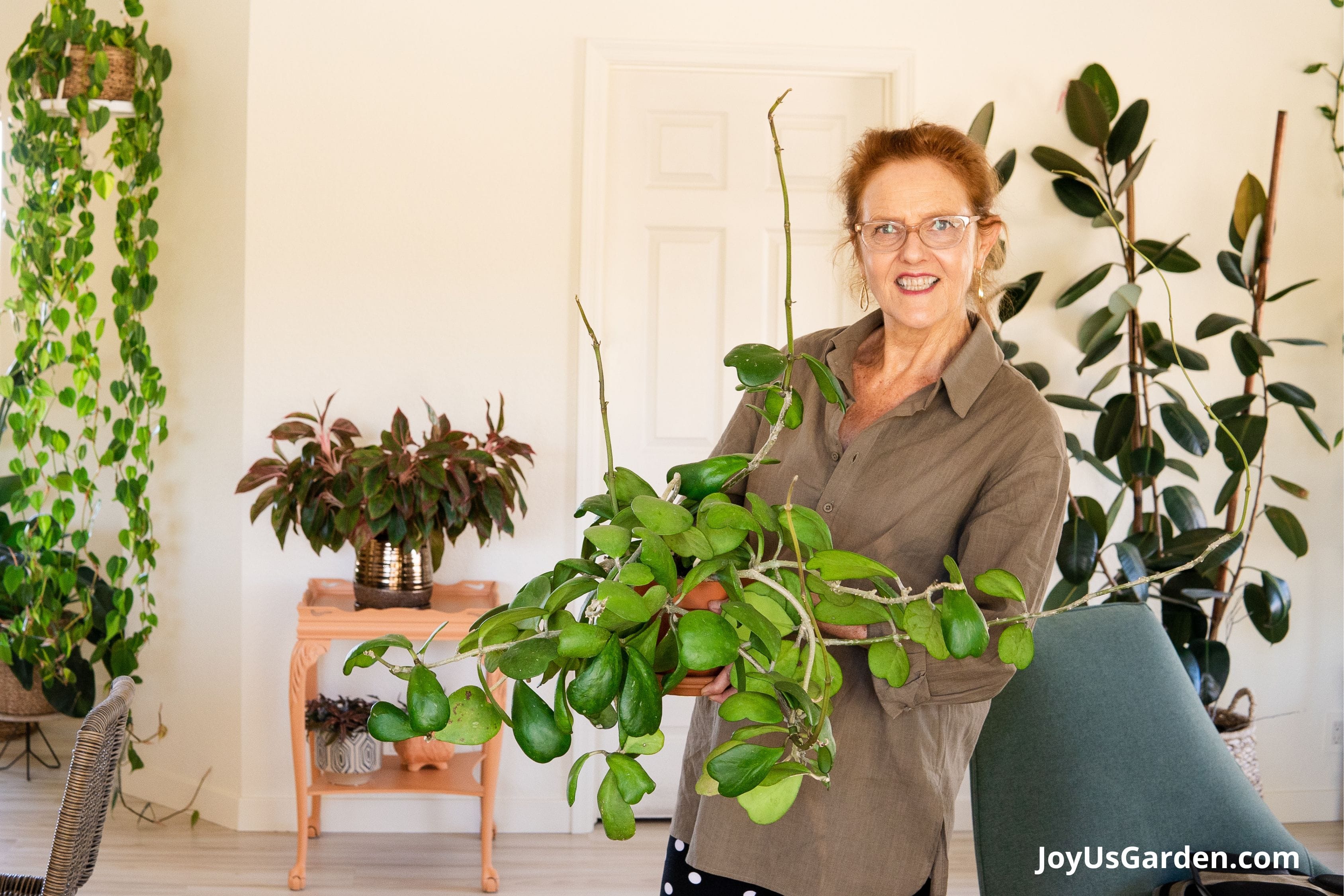
How To Grow A Hoya Plant Indoors
Light Requirements
Hoyas need bright, natural light to do their best. Mine sit near but not in windows with bright indirect light year-round. We get a lot of sun in Tucson, which mine enjoy.
Keep yours out of hot, sunny windows and direct afternoon sun; a south or west-facing window. In the darker winter months, you might have to move yours to a location with more indirect sunlight.
The growth rate will slow if the light levels are too low. If needed, rotate yours every couple of months to get the light evenly around.
By the way, Hoyas need as much bright light as possible to bloom indoors. That’s where a west exposure comes into play.
Watering
I water my Hoyas when they dry or nearly dry. Hoyas aren’t technically succulents but are succulent-like with those fleshy, thick leaves.
In the summer, my Hoyas get watered every week. In the winter, I water them every two weeks. I can’t give you an exact watering schedule for yours; watering requirements vary depending on your home’s environment, type of soil mix, and pot size. Water less often in the winter.
It’s best to have your Hoya planted in a pot with at least one drainage hole; this will help excess water drain properly. Like most houseplants, Hoyas are susceptible to root rot if they get too much water and sit in soggy soil. This is where a potting mix with good drainage comes into play.
Although many Hoyas are vines and shrubs, some are epiphytic, like bromeliads and orchids. In short, Hoyas don’t like their feet to be consistently moist. It’s better to underwater them than to over water.
You’ll want to check out our Guide To Watering Indoor Plants, especially if you’re a beginner.
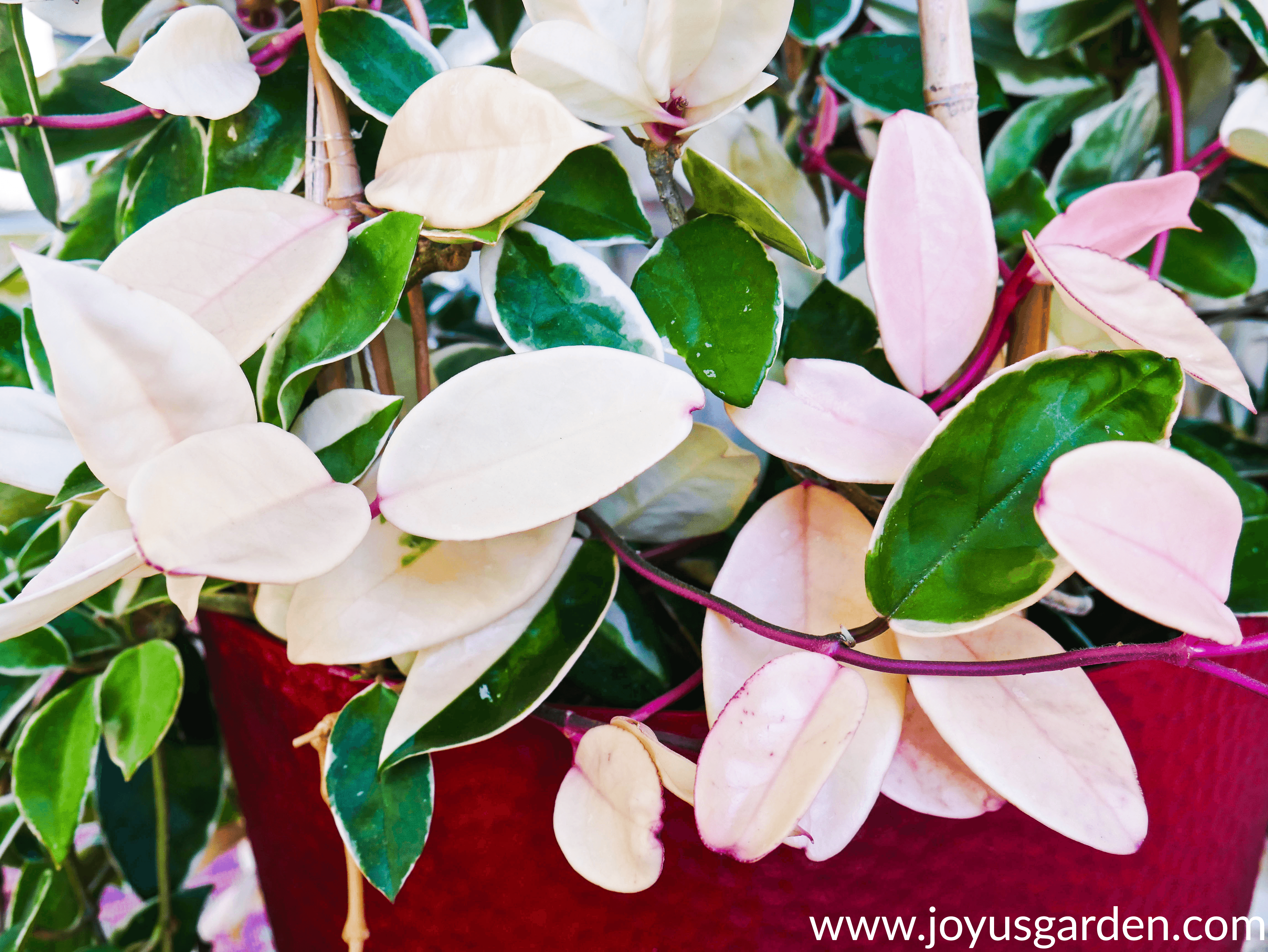
Temperature
If your home is comfortable, it’ll also be so for your indoor plants. Just be sure to keep your Hoyas away from any cold drafts and air conditioning or heating vents.
Humidity
Hoyas are tropical plants that like humid conditions; despite this, I’ve found them to be very adaptable. They do just fine in our homes, which tend to have dry air. Here in hot, dry Tucson, mine are doing great.
I have this humidity meter in my dining room; it’s affordable and does the trick. I run my Canopy humidifiers at night when the humidity is low, often in the Arizona desert!
They’ll appreciate being misted two or three times a week. This is the mister I’ve used for a few years, and it’s still going strong.
If you think yours looks stressed due to lack of humidity, then fill the saucer with pebbles and water. Put the plant on the pebbles, but make sure the drain holes and/or the bottom of the pot aren’t submerged in any water.
Give your Hoya a shower now and then. Make it part of your Hoya care routine. It keeps their gorgeous, thick, waxy leaves clean and dust and dirt-free. And, it’ll temporarily up the ante on the humidity factor.
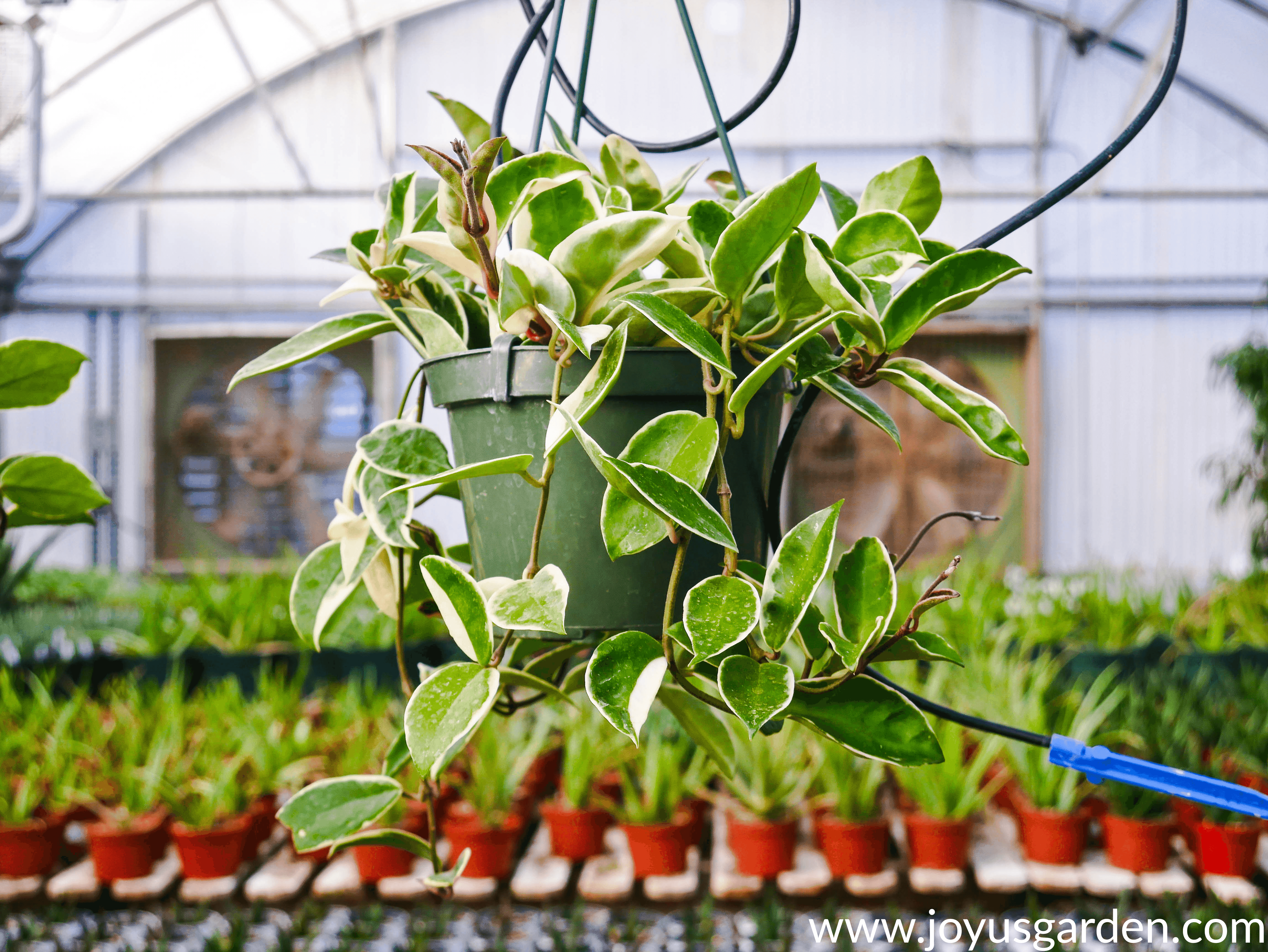
How to Feed a Hoya Plant
The best time to feed a Hoya is spring and summer. Into early fall is fine if you’re in a more temperate climate. I’ve found that a Wax Plant isn’t that needy regarding feeding but will benefit from it.
We have a long growing season in Tucson, from mid-February through mid-November. I fertilize with Maxsea or Sea Grow, Grow Big, and Liquid Kelp seven times during the growing season. It’s how I feed all my tropical plants. I alternate using these granular and liquid fertilizers and don’t mix them.
Depending on your climate and growing zone, feeding two or three times a year may do it for your Hoya.
Whatever you use, you don’t need to fertilize in late fall or winter because it’s not their active growing time. Over-fertilizing your Hoyas will cause salts to build up and can burn the plant’s roots. Be sure to avoid fertilizing a stressed houseplant, i.e., bone dry or soaking wet.
This isn’t necessary, but it’s something extra I do for my houseplants. I feed them once every three years with a light application of worm compost followed by a light layer of compost. Easy does it – 1/4 to 1/2″ layer of each for a smaller-sized plant. You can read about my worm compost/compost feeding right here.
Soil
Hoyas, aka Wax Plants, love a rich, well-draining soil. Here’s the blend I use:
- 1/2 potting soil. I alternate between Ocean Forest and Happy Frog. Sometimes I use them singly, and sometimes I mix them. I like them because they’re formulated for houseplants and have high-quality ingredients.
- 1/2 succulent and cactus mix. I use this DIY Recipe. I’ve found Hoyas love coco chips and/or orchid bark. They ensure excellent drainage and aeration. The succulent and cactus mix that I make has coco chips in it.
- I sprinkle in a few handfuls of compost and worm compost as I plant and use a thin layer as topdressing.
If you don’t want to make your own succulent and cactus mix, you can buy some online: Dr. Earth, EB Stone, Bonsai Jack, and Tanks. Other popular choices are Succulent Cult and Hoffman’s.
Repotting/Transplanting
This is best done in spring or summer; into early fall is fine in a warm climate. Hoyas like to grow a bit potbound, so don’t rush to repot yours if it’s doing fine.
Regarding transplanting and repotting, your Hoya doesn’t need it every year. Like orchids, they’ll bloom better if slightly tight in their pots, so leave them be for a few years. On average, I repot mine about every five years.
Hoyas don’t have an extensive root system, so there is no need to go up more than one pot size. Three of mine are in 6″ grow pots, and my Sweetheart Hoya, which is heavy, is in an 8″ pot.
Make sure whatever pot you use has drainage holes so the excess water can flow out the bottom. This prevents root rot.

Pruning
You can prune a Hoya to control its size, make it more bushy, thin it out, take cuttings, or remove any dead growth. I don’t prune off too many short flower stalks or the fresh side growth because that’s what they bloom off of next time.
In other words, hard pruning (which is sometimes necessary) will delay the flowering process.
Propagation
Here’s an entire post on Propagating Hoyas, so click on it for more details. The condensed version: I’ve had great success with two methods – propagating by stem cuttings in water and layering.
For layering, you take a softwood stem of the plant (still attached to the mother) and pin it into a pot filled with light mix. Make sure the mix is thoroughly moistened. You’ll often see little roots appearing on the stems, and that’s what you want to get on top of the mix.
Stem cuttings in water is easy. Make sure one or two bottom nodes are in water, and change it every seven to ten days to keep it fresh. You can also root stem cuttings in a light mix.
Other methods of propagation are by division or leaf cuttings. Around Valentine’s Day, you see single leaf Sweetheart Hoyas for sale.
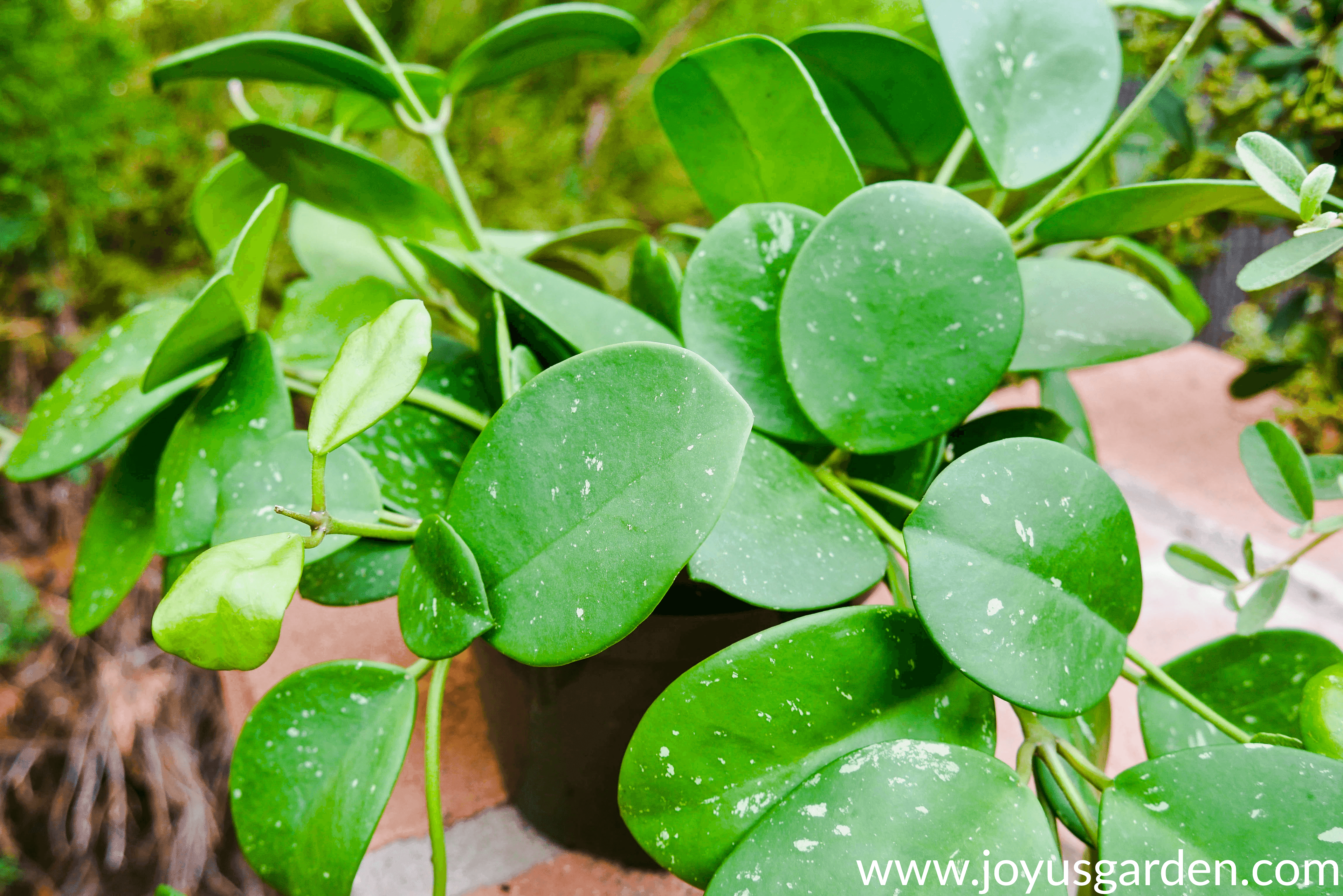
Pests
When grown indoors, Hoyas can be susceptible to mealybugs. These white, cotton-like pests like to hang out in the nodes and under the leaves.
Also, keep your eye out for scale insects, spider mites, fungus gnats, and aphids. It’s best to take action as soon as you see any pest because they multiply like crazy.
One of mine has had aphids, and all three have had mealybugs.
For most pest infestations, you can control them with neem oil or insecticidal soap. The latter is what I’ve been using for two years now and has been effective.
Safe For Pets
Ring the bells! Hoyas are one of the non-toxic houseplants. I get this information from the ASPCA website.
Just know that if your pet or child chews on the leaves or stems, it could make them sick.
Hoya Flowers
Hoya blooms are beautiful. Their waxy clusters of star-shaped flowers are intriguing and can be found in many colors, sizes, and forms depending on the species of Hoya.
The flowers are fragrant, too, especially in the evening. The icing on the floral cake!
Some bloom in the first year, and others take a few years to establish before they bloom. My Hoya carnosa “variegata” took three years to bloom, so be patient. And it doesn’t bloom every year. I say Hoyas bloom when they feel like it!
How often they bloom seems to depend on the type of Hoya, the age of the Hoya, and the conditions they’re growing in.
Indoors, they take longer to bloom, depending on the species. If yours is indoors and has never bloomed, it’s most likely not old enough or not getting enough light.
As houseplants, Hoyas bloom in the summer when it’s warm and prefer cooler temps in the winter months to set their flower buds.
They’re also more likely to bloom when growing slightly tight in their pots, so don’t rush to repot yours.
Yellow Leaves On Hoyas
People have asked me about yellow leaves on Hoyas. A few yellow leaves are normal; however, if it seems significant, the most common cause is likely too much water.
Hoya’s aren’t succulents but are often associated with them because of their fleshy, succulent-like leaves and stems. You’re overwatering if the leaves are yellow and a bit mushy.
My Variegated Hoya occasionally gets yellow leaves because it’s about nine years old and is very large and full. The newer growth crowds out the older, underneath growth. That’s what happens as they age.
Other reasons for yellow leaves could be a nutrient deficiency (commonly nitrogen), pest infestation, the soil being too heavy, the light levels needing adjusting, temperature stress, and insufficient water.
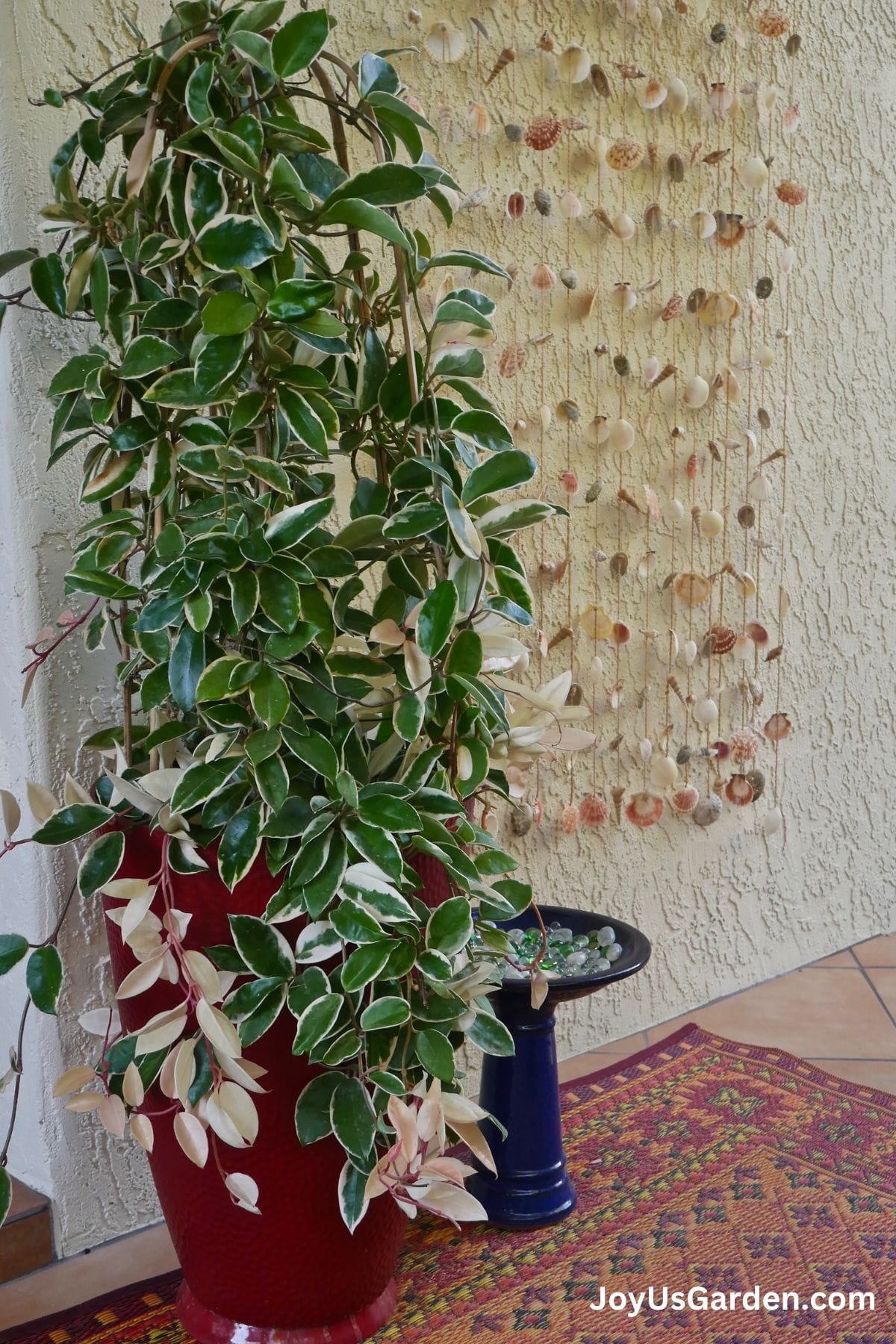
Hoya Trellis Ideas
Hoyas are trailing and climbing vines. You can let yours trail down as a hanging plant or train it to grow upwards.
Here are some ideas: fan trellis, metal trellis, wire hoop, or bamboo u-hoops. The latter is what I trained my Hoya, pictured above, to grow on. They’re holding up just fine four years later!
Some Of Our General Houseplant Guides For Your Reference: Guide To Watering Indoor Plants, Beginner’s Guide To Repotting Plants, How to Clean Houseplants, Winter Houseplant Care Guide, Plant Humidity: How I Increase Humidity For Houseplants, Buying Houseplants: 14 Tips For Indoor Gardening Newbies
Hoya Plant Care FAQ’s
In their natural environments, they both trail and climb.
Your Hoya can be grown in a hanging basket, on a hanging shelf, trained to grow up a trellis, or over hoops.
While growing indoors, Hoyas need bright, natural light to do their best. Lots of sun is good, as long as it’s indirect. When growing outdoors, they do best in bright shade.
If you want to put your Hoya outdoors in the summer, go right ahead. Hoyas love warm temps and can be grown in the bright shade. Be sure to keep yours out of hot, direct sun. If you live somewhere with a generous amount of summer rainfall, keep it under an overhang or covered porch to avoid consistently wet soil.
Hoyas can be temperamental when it comes to flowering. Some bloom in the first year, and most take a few years to establish before they bloom. Also, some varieties won’t flower every year. There could be a few reasons, but the most common is the light levels are too low.
This is important when it comes to Hoya plant care. It’s best to water when the soil is dry or almost dry. You don’t want your Hoya to sit in consistently wet soil because it’ll rot out. I water more often in the summer and less often in winter.
I can’t give you an exact watering schedule for yours; watering requirements will vary depending on your home’s environment, type of soil mix, and pot size.
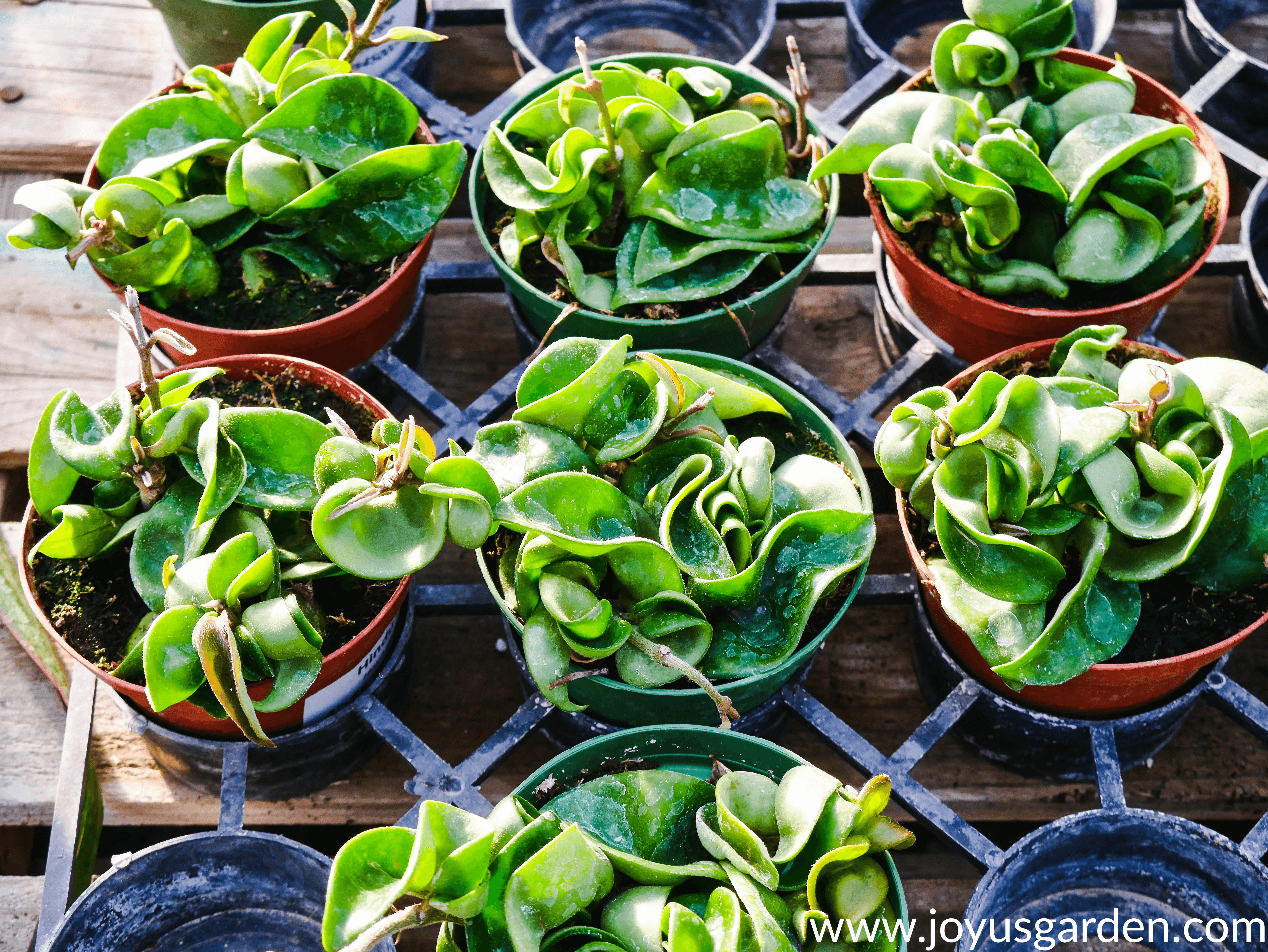
Hoya Plant Care Video Guide
In conclusion, I hope this Hoya plant care guide will help you. If you’re a beginning houseplant gardener, try one or two of the Hoyas – their charming resilience will have you hooked. Just remember, no pampering and no overwatering. Hoyas are very independent when it comes to maintenance!
Happy gardening,

This post may contain affiliate links, you can read our policies here.
- About the Author
- Latest Posts
Nell, the founder of Joy Us garden, was born into a gardening family and grew up in Connecticut’s countryside. After living in Boston, New York, San Francisco, & Santa Barbara, she now calls the Arizona desert home. She studied horticulture & garden design, working in the field all her life. Nell is a gardener, designer, blogger, Youtube creator, & author. She’s been gardening for a very long time & wants to share what she’s learned with you.


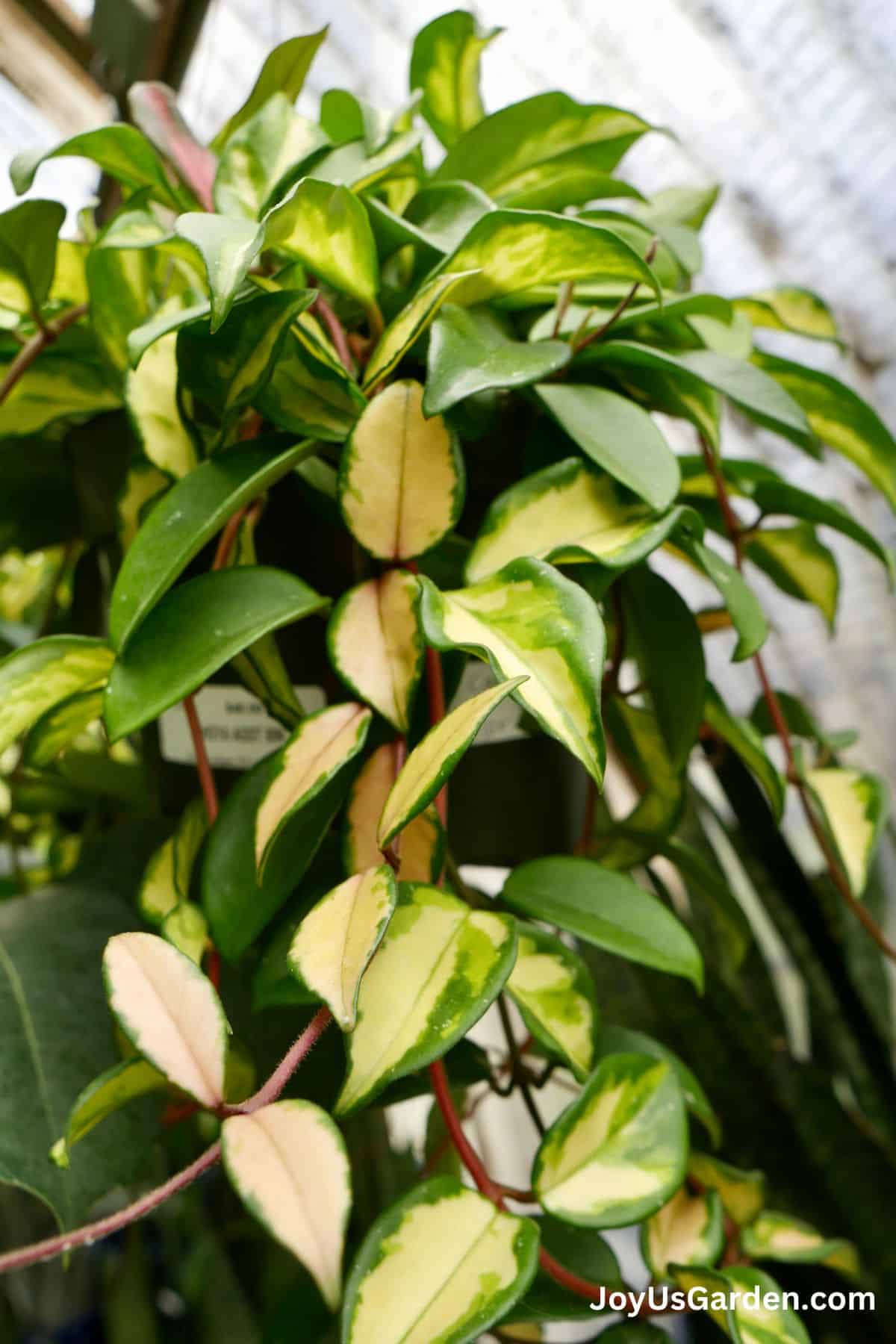
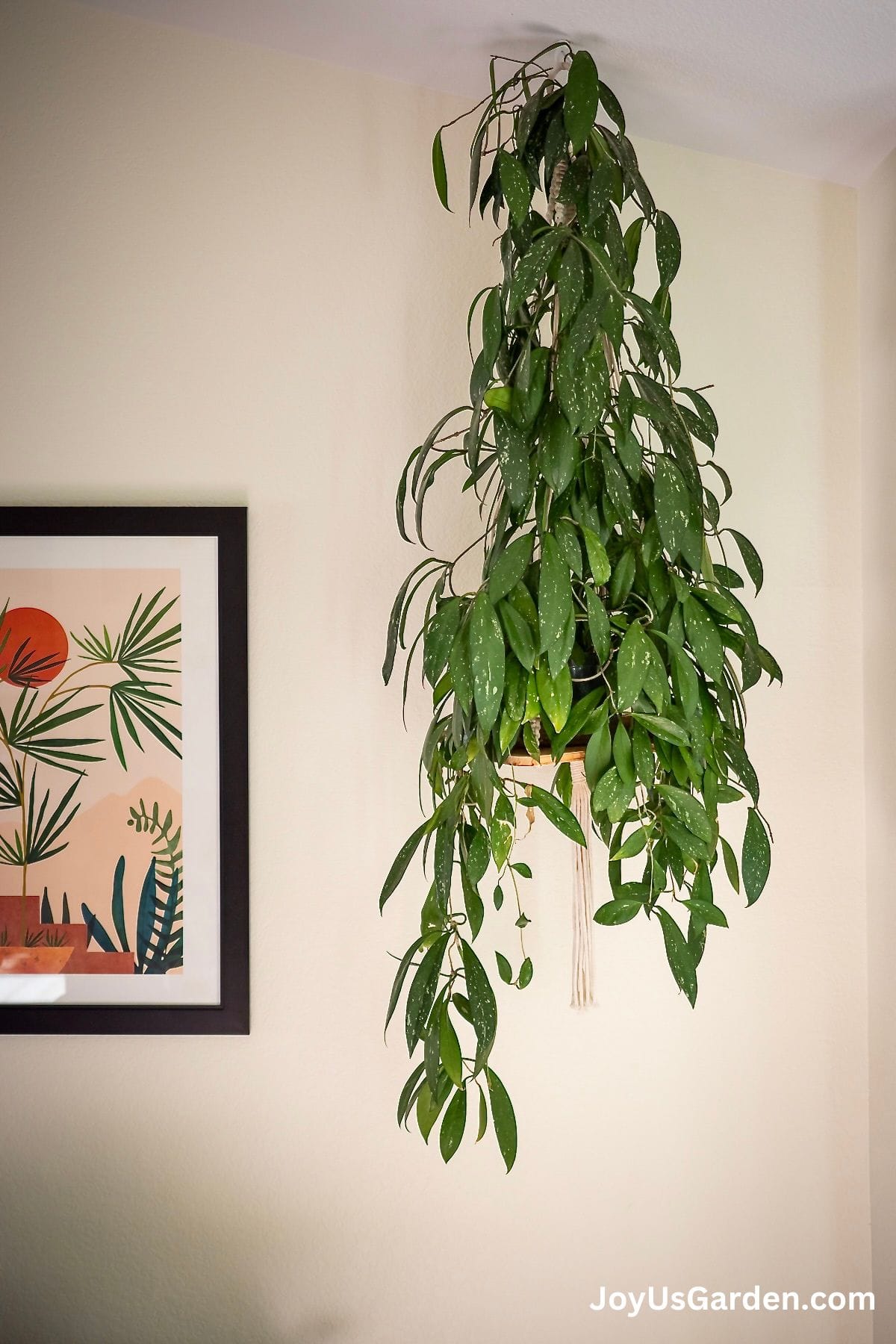
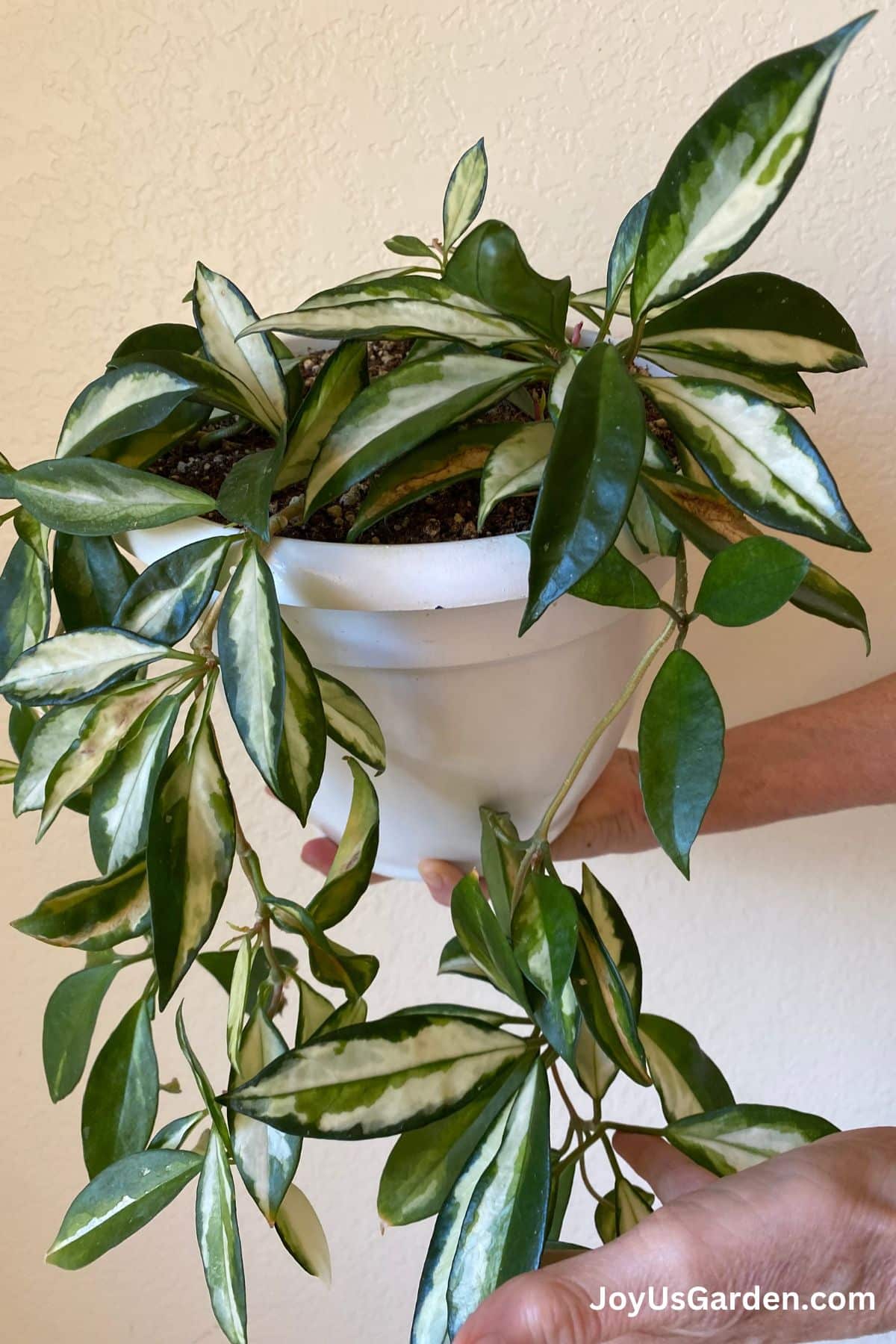
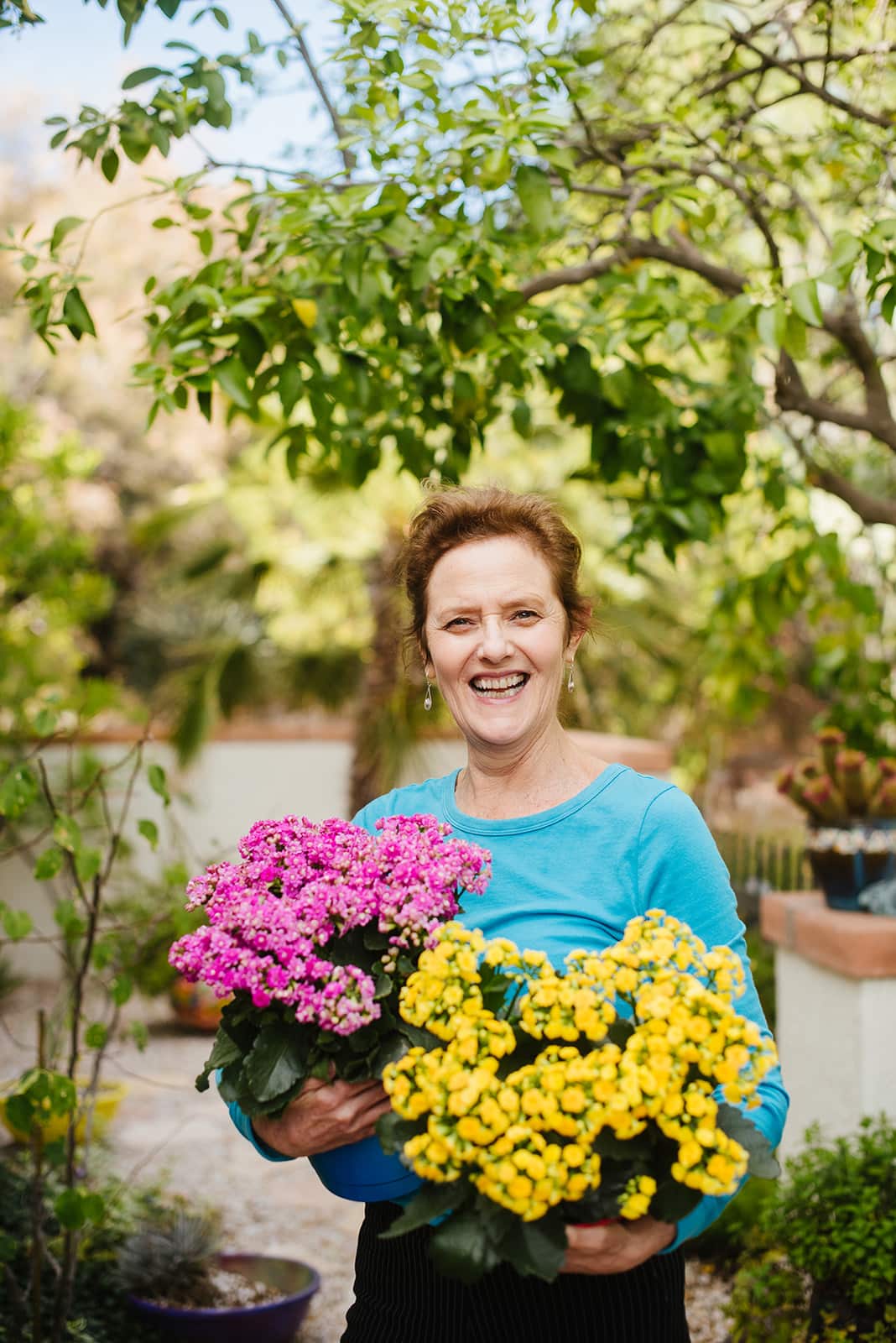
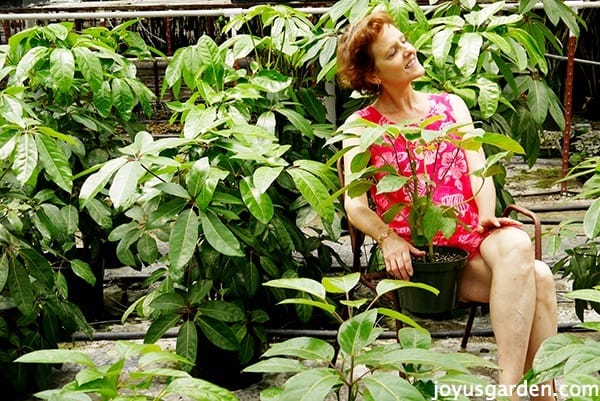
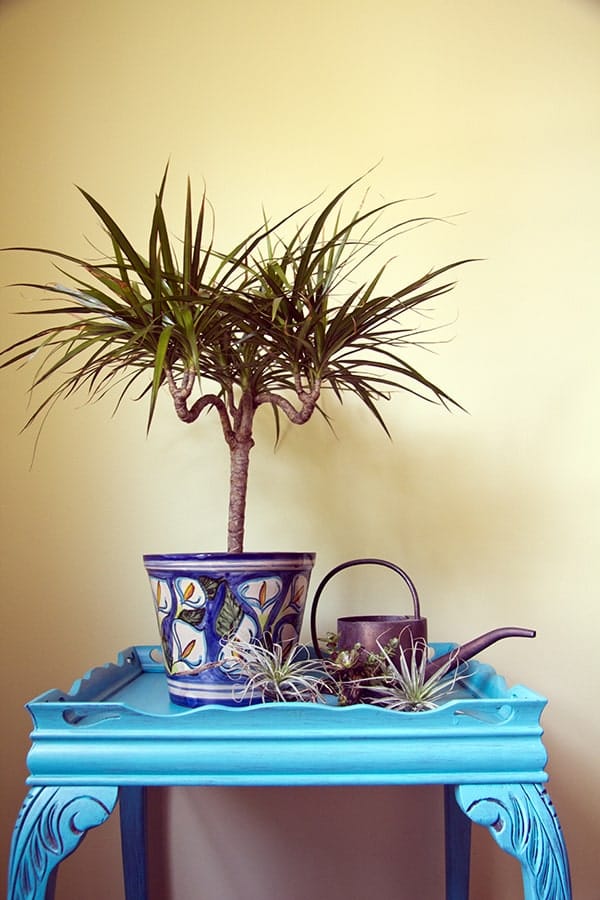
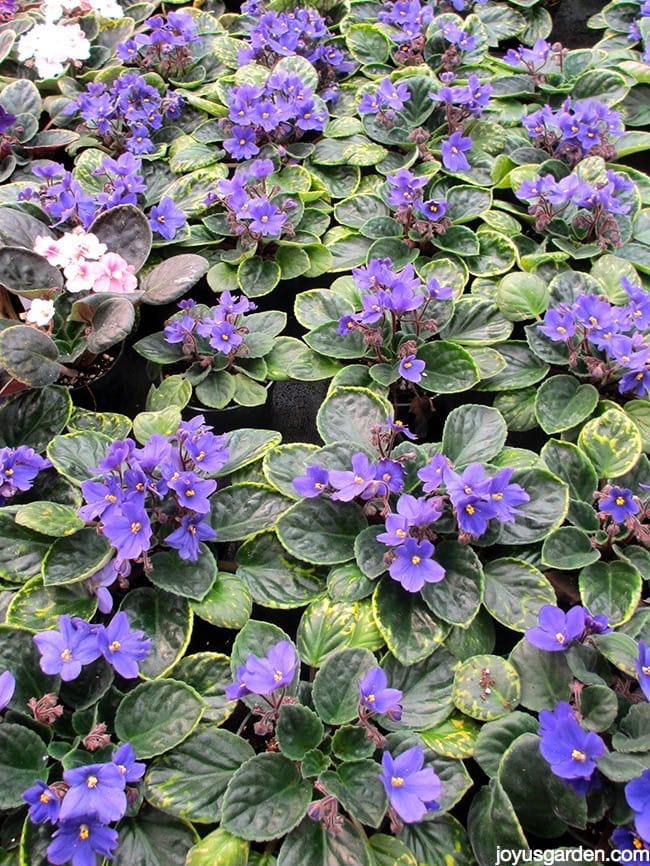
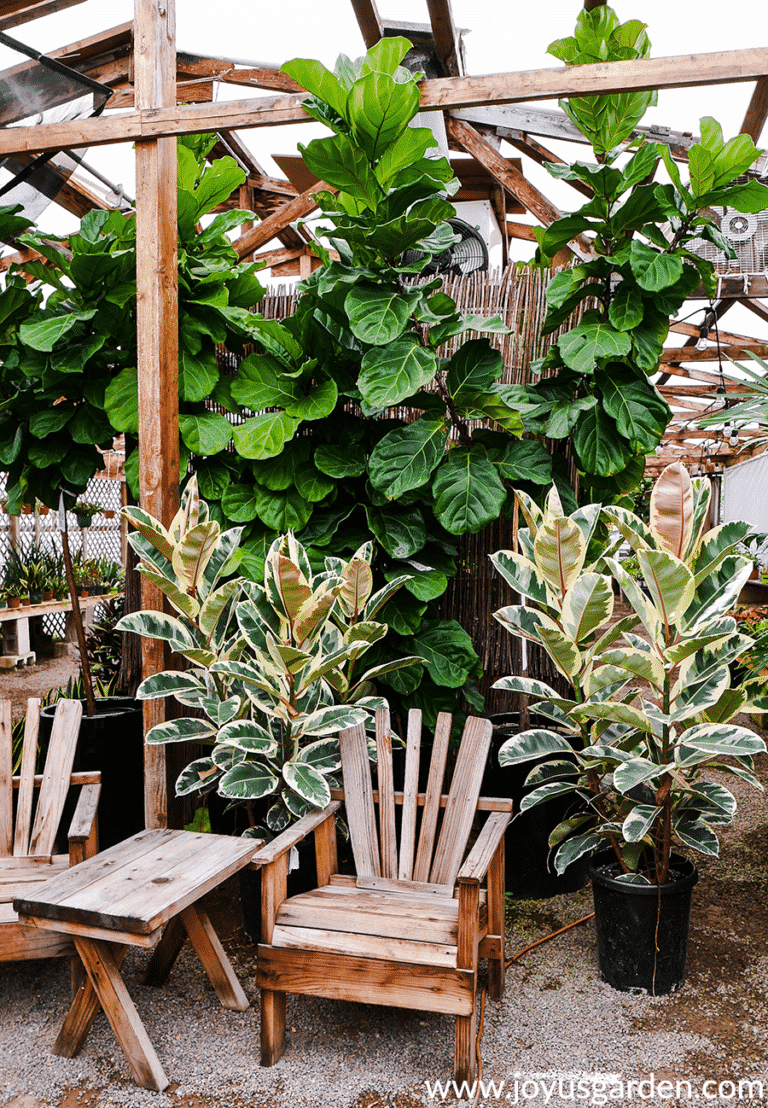

My Hoya bloomed lots in my old house. When we move I notice all it’s tendrils or that’s what I call the stakes the blooms came on are now all gone and it has not bloomed on over 5 years. Should I repot it?
Hi Brandee – Apparently Hoyas don’t like relocating. I moved to Tucson 4 years ago & mine has never bloomed here. Nell